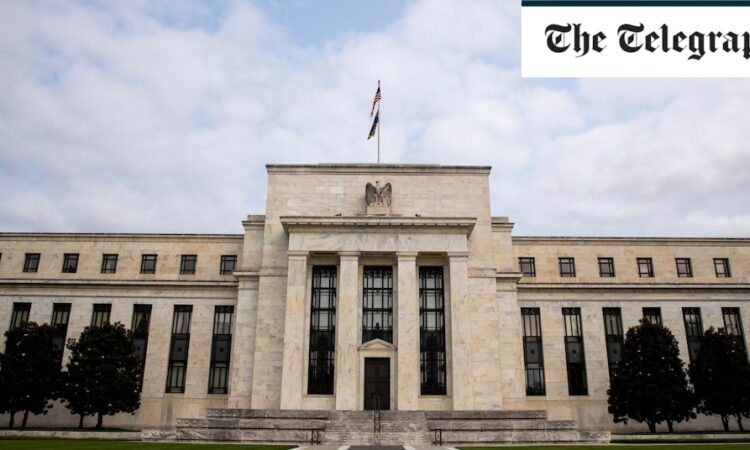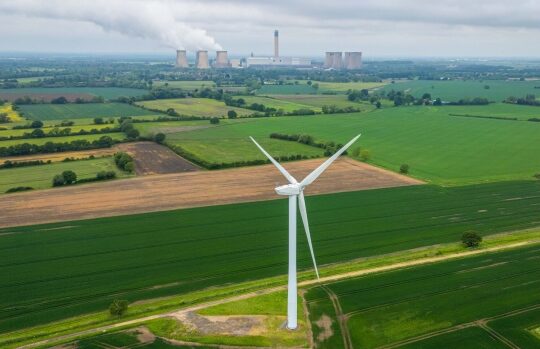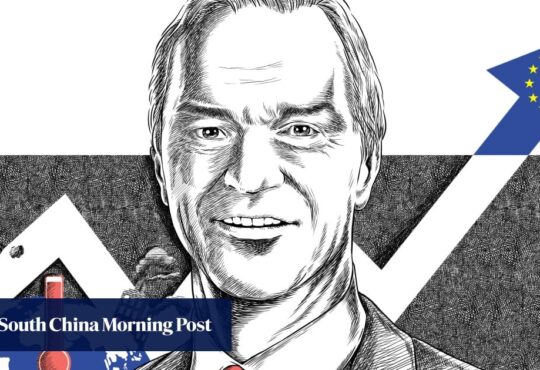
For the whole of last year, the US economy – the world’s biggest – has repeatedly defied predictions that higher interest rates, designed to tackle inflation, would lead to waves of layoffs and probably a recession.
Starting in March 2022, the mighty Federal Reserve jacked up benchmark US borrowing costs eleven times, to a 23-year high of 5.25-5.5pc, making borrowing much more expensive for businesses and households.
But the US economy has continued to grow regardless, with last quarter’s expansion powered by strong consumer spending, energy exports and business investment – not least in real estate and high-tech.
The States has grown for six successive quarters at an annual rate above 2pc. During a historic sharp interest rate upswing, that’s an exceptional performance.
At the same time, despite steady GDP expansion, US inflation has steadily cooled. After peaking at 9.1pc, the latest data shows America’s consumer price index 3.2pc up last month compared to February 2023 – relatively benign but still above the Fed’s 2pc target.
It seems increasingly likely that US policymakers, unlike their UK counterparts, have achieved the hallowed “soft landing” – fully overcoming inflation without triggering a recession. How did this happen?
One reason is America’s famously flexible jobs market. While high inflation and the cost-of-living crisis have hit many US households, a strong demand for labour has helped maintain disposable income – which, in turn, has driven consumer spending.
US employers added an average of 251,000 jobs each month last year, soaring to no less than 353,000 new employees in January, far more than expected. And while inflation has been high, real wages have also risen, in part because of rising US productivity, reflecting ongoing business investment.
While UK and European furlough schemes paid companies to keep workers in their jobs during lockdown, the US approach was more brutal. But the resulting unemployment was soon reversed, as firms took the opportunity to plough money into new production techniques, resulting in productivity gains that have boosted US trend growth.
A second reason for America’s relative out-performance is the country’s recently achieved energy independence – which has helped drive down domestic electricity prices.
US households paid the equivalent of 15.6 c€/kWh during February, compared to 31.2 c€/kWh in France and 39.9 c€/kWh in the UK. That’s right, UK families are paying over twice as much for their electricity as our American cousins.
Bolstered by the fracking revolution, which has transformed domestic oil and gas production, the US became a net energy exporter in 2019 for the first time in over half a century.
That’s why, when Putin invaded Ukraine in February 2022 and energy prices soared, Western Europe – reliant on Russian exports for around 40pc of its natural gas requirements – was impacted much more than the US.
Germany was hit particularly hard, as its mighty manufacturing sector, heavily reliant on Russian gas, suffered badly due to sanctions and damage inflicted on the Russo-German Nordstream pipeline.
While gas prices spiked five-fold in Europe as the war in Ukraine escalated, prices were much more muted in the US – which took the opportunity to replace sanctioned Russian gas by massively expanding exports of liquefied natural gas (LNG) to Europe.
During 2022 and 2023, America overtook Qatar to become the world’s biggest LNG exporter.






